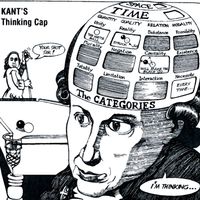I'm Crying. You're Crying. Viewers' Brains Sync During Engaging Stories
Most of us haven’t been in a movie theater in what seems like ages, but we still remember being swept up in collective emotions — the pang of sadness when a character’s heart is broken, or the surge of pride when the good triumphs over evil. In other words, a story, experienced collectively, yields synchronous emotional responses. It’s an interesting phenomenon that researchers from the University of Chicago and Dartmouth College wanted to understand better.
More specifically, Hayoung Song, Monica Rosenberg, and Emily Finn wanted to understand not only how we engage with narratives, but how that engagement affects memory. For example, suppose you and I watched the same television show, after which each of us recalled what we’d seen. According to findings published in the Proceedings of the National Academy of Sciences, we would likely report the same ‘big moments.’
The researchers studied groups of Dartmouth students who continuously self-reported their engagement with a visual or auditory narrative. That data was compared with MRI scans taken while other study participants watched or listened to the same narrative. What they found was that the members of the self-reporting group experienced similar engagements — they were similarly engaged with the story at the same moments.
Not only that, but the scans of the MRI group showed brain connectivity and activity at the same moments as the others in their group and the self-reporting group. So, people’s attention fluctuated similarly according to emotionally impactful moments of the story. “Our results suggest,” said Song, that when two people watch a movie together, their brains may become similar, as if synchronized.” The synchronization diminished at less engaging moments.
But what about the music, cued as it often is to important moments in a story — the building tension or the dramatic reveal? It’s not clear if that, separate from or in combination with the story, influenced participants’ engagement. Perhaps that’s a topic for further research.
Sources: NeuroscienceNews.com, Proceedings of the National Academy of Sciences









